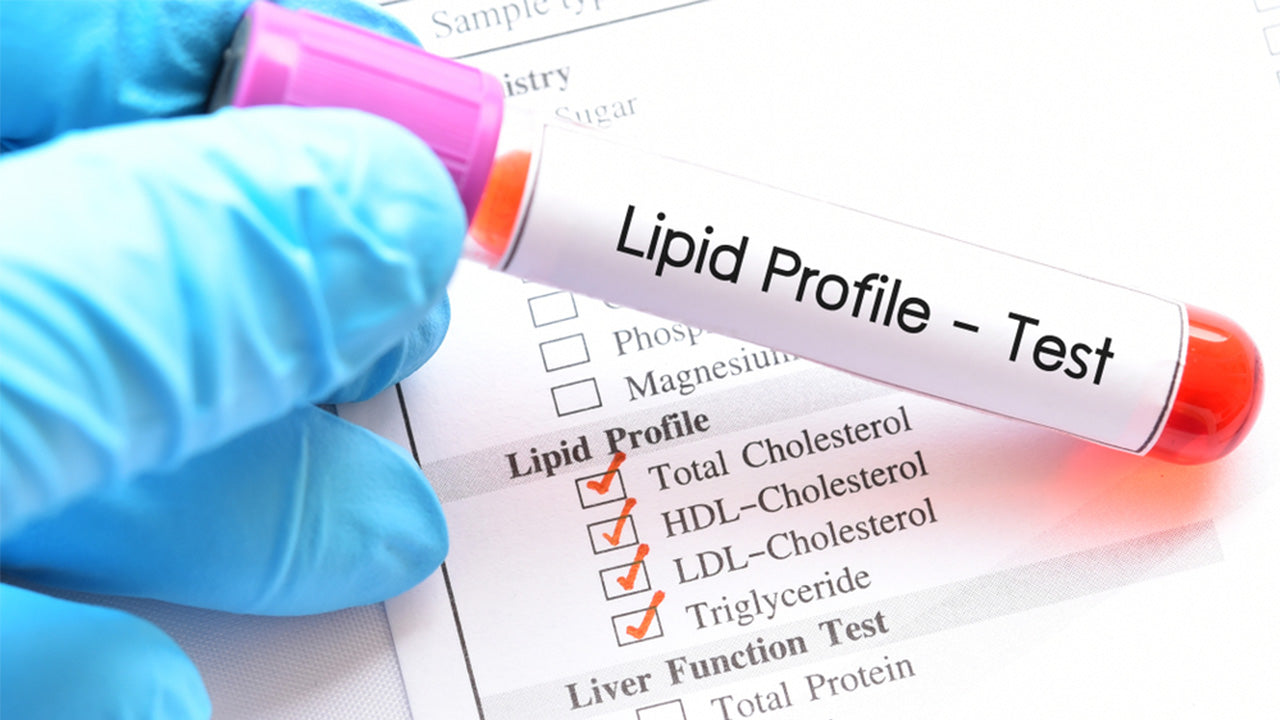Macular Degeneration: Get the Facts
 By: by Amino Science
By: by Amino Science

Macular degeneration, or age-related macular degeneration (AMD), is an eye condition that affects more than 10 million Americans. This makes AMD the leading cause of vision loss in the United States. Yet many people are unaware of the facts surrounding this serious threat to eye health. With that in mind, we invite you to come with us as we explore everything you need to know about macular degeneration, including risk factors, symptoms, and what you can do to slow the progression of the disease and possibly even prevent it from happening in the first place.
What Causes Macular Degeneration?
Macular degeneration occurs as a result of damage to the central portion of the retina—the layer of light-sensitive cells at the back of the eye. This particular area, called the macula, is the most sensitive part of the retina and is responsible for controlling visual acuity. Without it, we would be unable to read, recognize faces or colors, or see objects in fine detail.
While the exact cause of AMD remains unknown, it’s believed to have its origins in a combination of genetic and environmental factors. Researchers have found that two genes—complement factors H and B—appear to have a strong association with the development of macular degeneration. In fact, variants of these genes have been identified in 74% of people with AMD.
In addition, it’s been found that retinal cells that are deprived of oxygen produce a type of protein called vascular endothelial growth factor (VEGF), which triggers the growth of new blood vessels. Although VEGF is important for proper embryonic development, too much as we age can lead to excess numbers of blood vessels that bleed easily. And this can damage the macula.
Risk Factors for Macular Degeneration
Known risk factors for macular degeneration include:
- Age: People aged 50 and older are more likely to develop macular degeneration.
- Genetics: People with a family history of AMD are at greater risk of developing the disease.
- Race: Caucasians are more likely to develop macular degeneration.
- Sex: Women have a higher risk of developing macular degeneration.
- Tobacco: People who smoke or are regularly exposed to secondhand smoke have a greater risk of AMD.
- Obesity: People who are obese have a higher risk of progressing from early to more severe stages of macular degeneration.
- Hypertension: Some studies have found that people with high blood pressure have a greater risk of developing macular degeneration.
Stages of Macular Degeneration
There are three stages of macular degeneration.
- Early AMD: The earliest stage of macular degeneration is characterized by the presence of medium-sized drusen—yellow deposits under the retina that are made up of lipids. People at this stage of AMD don’t typically have vision loss.
- Intermediate AMD: During this stage of macular degeneration, drusen become larger or pigment changes occur in the retina (or both). People at this stage of AMD may or may not have vision problems.
- Late AMD: During this stage of the disease, the macula has become damaged to the point that loss of vision is now noticeable.
It’s important to note that the eyes of a person with macular degeneration may be at two different stages of the disease, or the disease may be present in only one eye. Moreover, a person may experience either dry or wet AMD.
Dry vs. Wet Macular Degeneration
Approximately 85% to 90% of people with macular degeneration have what’s known as dry AMD. In this form of the disease, layers of the macula become progressively thinner and less functional. And in the early stages, the color of the macula changes and tiny drusen appear.
While gradual central vision loss may occur with dry macular degeneration, it’s usually not as severe as that seen with wet AMD. However, dry AMD can slowly progress to what’s called geographic atrophy (GA) in which large, well-demarcated sections of the retina gradually stop functioning and the supporting tissue beneath the macula degrades.
Dry AMD gets its name from the fact that there’s no leakage of fluids from the blood vessels. However, about 10% of people with dry AMD eventually progress to the wet form of the disease.
When someone has wet AMD, new blood vessels grow in the choroid—the vascular layer of the eye that lies between the retina and the sclera, or outer layer of the eye. As alluded to earlier, the fragility of these new vessels leads to leakage of fluid, lipids, and blood, which causes the light-sensitive retinal cells to die. This form of macular degeneration can create blind spots and lead to severe vision loss.
Macular Degeneration Symptoms
Because macular degeneration isn’t painful and usually occurs slowly, over a period of years, only an eye exam can determine whether the disease is present. However, when symptoms are present, they may include the following:
- Distorted vision, such as the bending of straight lines
- Reduced central vision in one or both eyes
- Inability to adapt to or read in low light
- Increased blurriness of print
- Decreased intensity or brightness of colors
- Well-defined blurry or blind spots
- Hazy vision
- Difficulty recognizing faces
Diagnosing Macular Degeneration
Your eye care professional can use a retinal exam to detect signs of macular degeneration before symptoms appear. And if macular degeneration is suspected, a test called an Amsler grid may be used.
As the name suggests, an Amsler grid is a grid of horizontal and vertical lines with a black dot in the middle that’s used to test central vision. If a person taking the test is found to have abnormal results, such as seeing distorted or wavy lines, a procedure called fluorescein angiography may be ordered to evaluate the blood vessels surrounding the macula.

Macular Degeneration Treatment
If you’ve been diagnosed with macular degeneration, your treatment will depend on the stage you’re in as well as whether the wet or dry form of the condition is present.
Photodynamic Therapy
For those with wet macular degeneration, a procedure called photodynamic therapy may be recommended. During this procedure, an injection of a photosensitive medication is given, followed by an anesthetic eye drop. After placement of a special type of contact lens, an infrared laser is then shone into the eye to activate the photosensitizing agent—which collects in the abnormal blood vessels. The light causes the medication to react with oxygen, clotting the blood and sealing off the vessels.
Nutrition
Although no medical treatment is currently available for dry macular degeneration, studies have shown that nutritional intervention may help prevent its progression to the wet form. Moreover, high doses of certain natural substances have been found to help prevent the disease from occurring in the first place.
The National Eye Institute of the National Institutes of Health (NIH) conducted two age-related eye disease studies, AREDS and AREDS2, which found that daily supplementation with specific vitamins, minerals, and carotenoids helped reduce AMD progression in individuals with either intermediate stage AMD or late stage AMD affecting only one eye.
The AREDS study found that a combination of vitamin C, vitamin E, beta-carotene, zinc, and copper can reduce the risk of developing late macular degeneration by 25%, while the AREDS2 study found that the use of lutein and zeaxanthin in place of beta-carotene may decrease the risk of developing late macular degeneration by an even greater extent.
Interestingly, lutein and zeaxanthin—which are found in high concentrations in green, leafy vegetables—function in nature to protect plants from blue light from the sun, and they appear to protect the cells of the eye in the same manner.
Some studies have also suggested that high amounts of omega-3 fatty acids may help prevent macular degeneration or reduce the risk of its progression. And a daily essential amino acid supplement can help make sure all your protein needs are met.
Because early stages of macular degeneration usually have no symptoms, it’s important to undergo regular eye exams. And if you or someone you love is at risk of AMD due to age, family history, or other factors, you should see your eye care professional for a retinal evaluation as soon as possible.

Up to 25% off Amino
Shop NowTAGS: conditions
Join the Community
Comments (0)
Most Craveable Recipes




 833-264-6620
833-264-6620



















